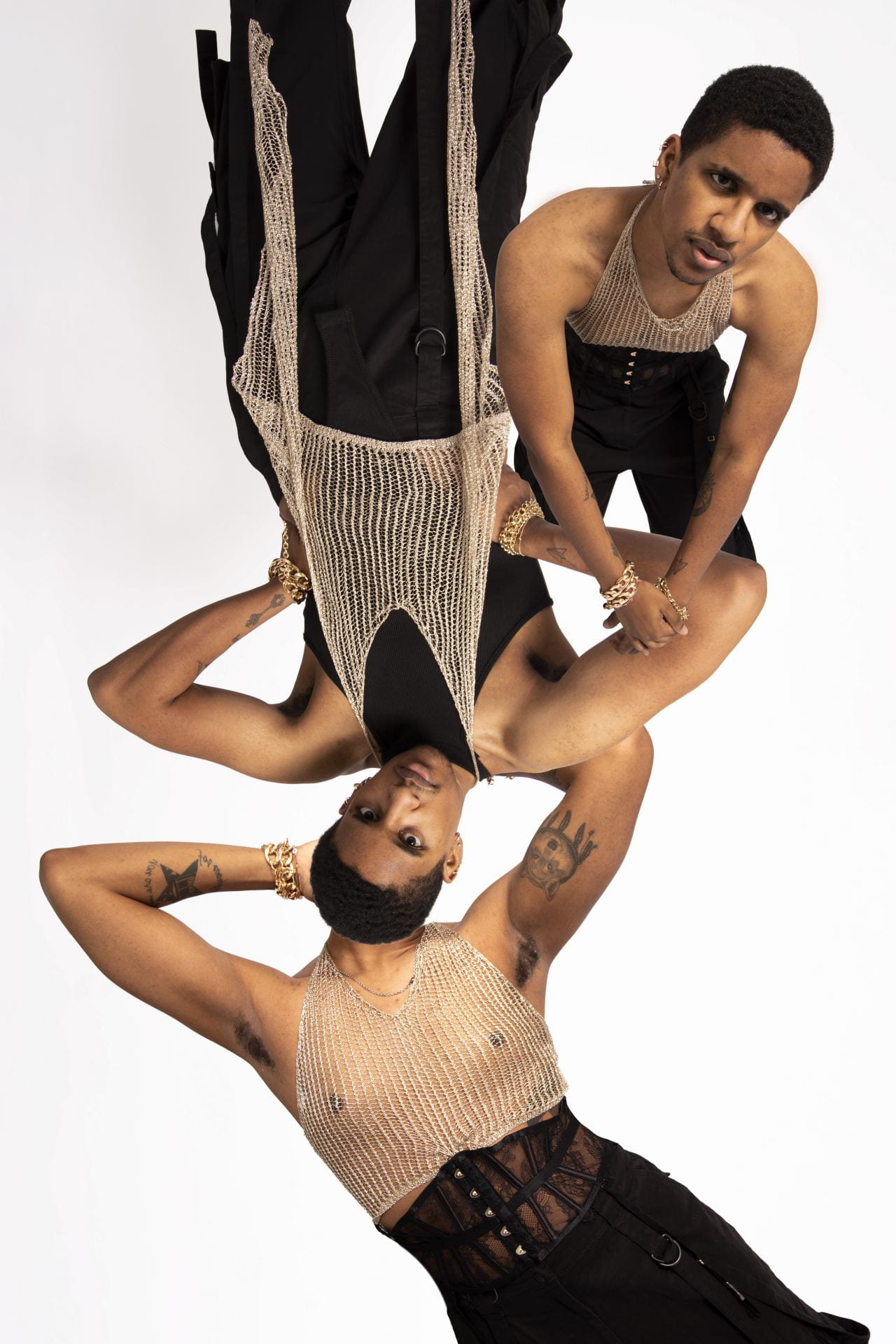
Multiple Masculinities | Investigating the Impact of AIDS on Representations of Masculinity in Fashion Photography
Masculinity and fashion have much in common: they both change and evolve based on the current historical and social context. Moreover, while multiple fashion trends or masculine styles can exist during any given period, certain trends and styles prove to be more dominant. With the advent of AIDS in the 1980s, a new dominant style of masculinity became evident in fashion imagery. Fashion advertisements featured very muscular, semi-nude men in provocative poses—sometimes in physical contact with one another, other times suggesting that physical contact was broken just before the photograph was taken.
I argue that in the era of AIDS, the white, well-built male body—in its size, strength, and toughness—became the primary signifier of masculinity. Additionally, the misconstrued association of the disease with the LGBTQ+ community lead to a reinvigoration of homophobia in the United States. As a result, fashion brands and advertisers wanted to avoid any explicit association with AIDS or homosexuality in their advertisements. Images from fashion advertising campaigns in the 1980s and 1990s serve as case studies to support my argument. I discuss the cultural and social context and identify the visual codes of gender, sexuality and masculinity that speak to the advertisers’ desired effect of these images.
These images released in the midst of the AIDS epidemic emphasize the strong, male body and demonstrate advertisers’ discreet appeal to a gay audience (also known as “gay window advertising”).
As a supplement to my research, I conducted my own fashion photography project. By styling and photographing a number of masculine subjects (with a focus on men in college, aged 18 to 22), I wanted to reveal the present-day relationship between masculinity and fashion.
This series of photographs was created to explore the relationship between masculinity and fashion in the post-AIDS generation. Typically, masculine representations in fashion imagery do not depict normative masculinity—they represent the ideal. Most men do not embody or enact these forms of masculinity, but they might aspire to do so. For this project I worked closely with eight models in order to understand the styles of masculine fashion they most admired. I used their chosen styles to style, direct, and photograph each model. By doing so, I hoped to create an environment where the models felt comfortable enough to enact a masculinity that they would not normally enact. In some instances the models revealed their alter-egos whereas some models were less keen on challenging and exploring their masculinity in front of the camera.
Sector C
Advisors
Jonathan Katz (ARTH)
Gabriel Martinez (FNAR)

 Visual Studies
Visual Studies